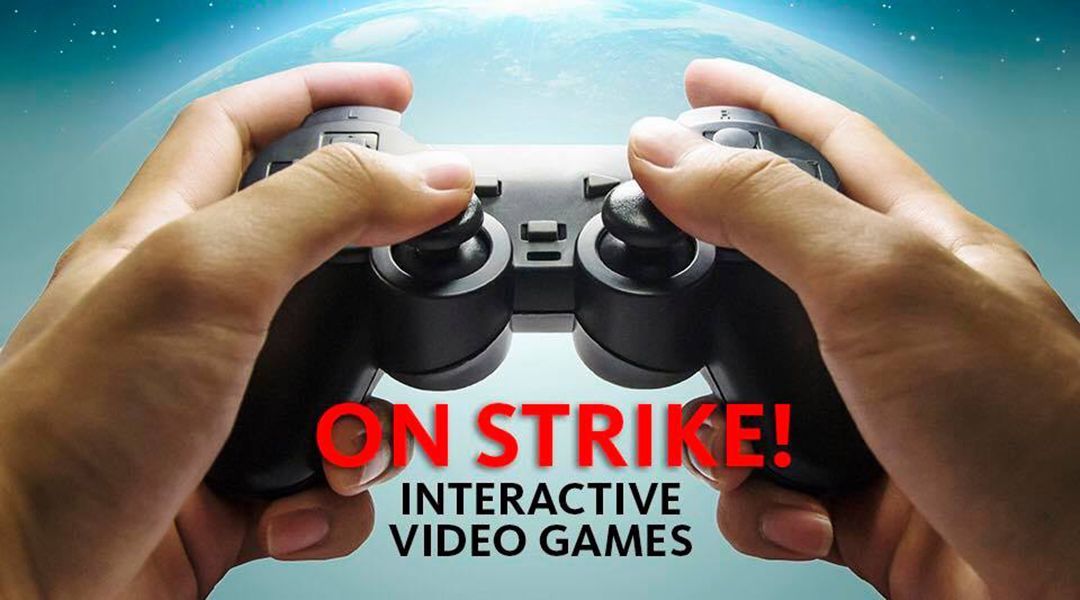

With the video game voice actors strike well underway, Game Rant takes an in-depth look at the strike action, and how it reached this point in the first place.
When the gaming community talks about historic moments within the entertainment form, it often comes down to commercial or statistical means. A lot is made of landmarks such as the first 2D platformer, the best-selling game of all time, or the most powerful console to date. However, a recent event has made video game history in an entirely different way.
This October, voice actors who are part of the SAG-AFTRA union started strike action due to an ongoing, and as-yet-unresolved, dispute over conditions within the industry. The protest has been started against 11 of the biggest companies in video games, with Activision, Electronic Arts, Insomniac Games, Take-Two, and WB Games among those affected, specifically for games that went into production after February 17, 2015. It’s an unprecedented moment in gaming, and one that has raised questions both about voice acting in gaming and about industry practices as a whole.
Why Strike?
The strike is taking place over both the compensation method that voice actors receive for their work, and their conditions within the work environment. The union itself has been requesting a more modern compensation model, where voice and motion capture actors would receive residual payments for a performance based on the overall success of the game, rather than simple one-off payments for work. According to the guild, secondary payments would begin “when games hit a certain level of success with consumers,” with a high bar of 2 million copies sold being mooted.
As well as this, issues regarding safety concerns were also a major factor in the union’s call for a strike, particularly with regards to long vocal sessions and better training and support for motion capture actors. Dubbed “serious concerns affecting voiceover and stunt performers,” once again the guild has been unable to reach an arrangement with the companies in question. Indeed, it seems as though an agreement is a long way away.
Representatives of the industry were able to put forward a pay increase for all union members, however. A 9% wage increase was offered, alongside additional compensation of up to $950 per game depending on the number of sessions an actor contributed to. However, these terms failed to address SAG-AFTRA’s concerns over both a fairer payment model and better measures to protect its members. In short, renumeration was not the only issue, with the pursuit of “a modern contract based on actor safety, industry precedent and best practices” a key feature of any agreement being met.
In spite of the role of video games as a cutting-edge form of entertainment, business practices within the industry can certainly feel more than a little antiquated. JB Blanc is an industry veteran and a member of SAG-AFTRA’s Interactive Negotiating Committee, with recent credits including Mafia 3, Titanfall 2, and Call of Duty: Infinite Warfare. Also working across a variety of media, including animated and live action film and TV, Blanc is expertly placed to analyze the differences in pay between video games and other entertainment forms.
[Source:- GR]
